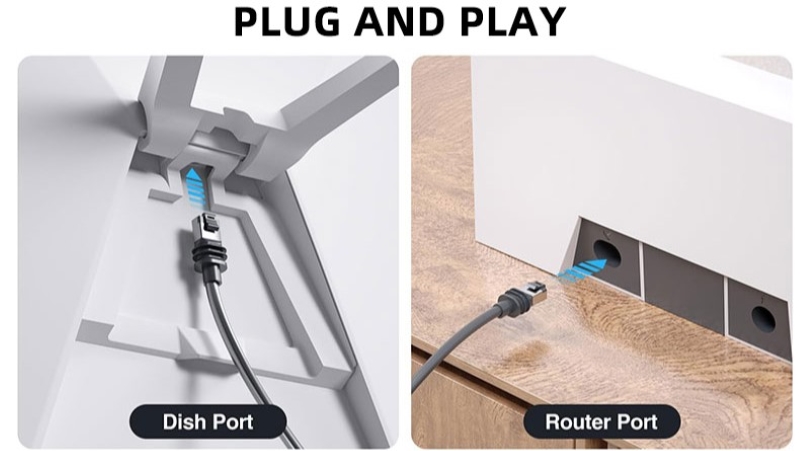
In today’s digital infrastructure, data stability matters more than ever. Among many connectors, the RJ45 rectangular adapters play a crucial role in ensuring fast, stable, and interference-resistant connections. Therefore, understanding its electrical structure and transmission behavior is essential, especially for technical buyers and engineers.
Electrical Design for Reliable Connectivity
RJ45 rectangular adapters feature a compact yet efficient internal layout. Inside, the contact pins are arranged with precise spacing to reduce signal crosstalk. Moreover, manufacturers often use high-conductivity copper alloys, which offer excellent electrical transmission properties. This material selection not only ensures durability but also minimizes resistance.
Additionally, the internal PCB is engineered to maintain consistent impedance. As a result, signal loss is greatly reduced. Even under high-speed data flow, the adapter maintains stable performance. Furthermore, the rectangular housing shields the connector from external mechanical stress, extending its service life.
Data Rate and Bandwidth Advantages
When it comes to performance, bandwidth and data rate are two defining factors. RJ45 rectangular adapters typically support Gigabit Ethernet, and some variants even support 10 Gbps transmission. Due to their optimized electrical paths, these adapters ensure high signal integrity.
Equally important, their internal shielding blocks electromagnetic interference (EMI). This feature is critical in industrial or networking environments where multiple cables and devices operate simultaneously. By reducing EMI, the adapter maintains reliable data rates even during peak load.
Furthermore, the stable structure of the rectangular design helps to prevent signal degradation over longer distances. Therefore, users can rely on consistent throughput across complex network topologies.
Electromagnetic Compatibility and System Integration
Another key factor is electromagnetic compatibility (EMC). RJ45 rectangular adapters are engineered with shielding layers and grounding contacts. These design features absorb and redirect unwanted electrical noise.
In real-world applications, such as data centers or Starlink-compatible modules, these adapters integrate seamlessly with cables and ports. Notably, they support backward compatibility with standard RJ45 plugs. Thus, the transition into newer, shielded networks becomes simple and cost-effective.
Additionally, robust EMC ensures minimal disturbance to nearby electronic systems. This makes the adapter ideal for sensitive environments like aerospace or precision manufacturing.
Optimized for Technical Users
For engineers and IT professionals, reliability is critical. The RJ45 rectangular adapter offers more than just mechanical fit; it guarantees consistent signal flow. Thanks to its stable electrical design and advanced shielding, users benefit from high uptime and fewer data errors.
Moreover, the plug-and-play nature of the adapter speeds up installation. Combined with low maintenance requirements, it significantly lowers total system costs over time. As such, this component is a wise investment for high-speed, high-reliability applications.
Conclusion
Choosing the right RJ45 rectangular adapter means understanding more than just fit and form. Its electrical structure, data rate capability, and EMC design all contribute to superior performance. Therefore, for projects that demand speed, stability, and durability, RJ45 rectangular adapters deliver long-term value.

